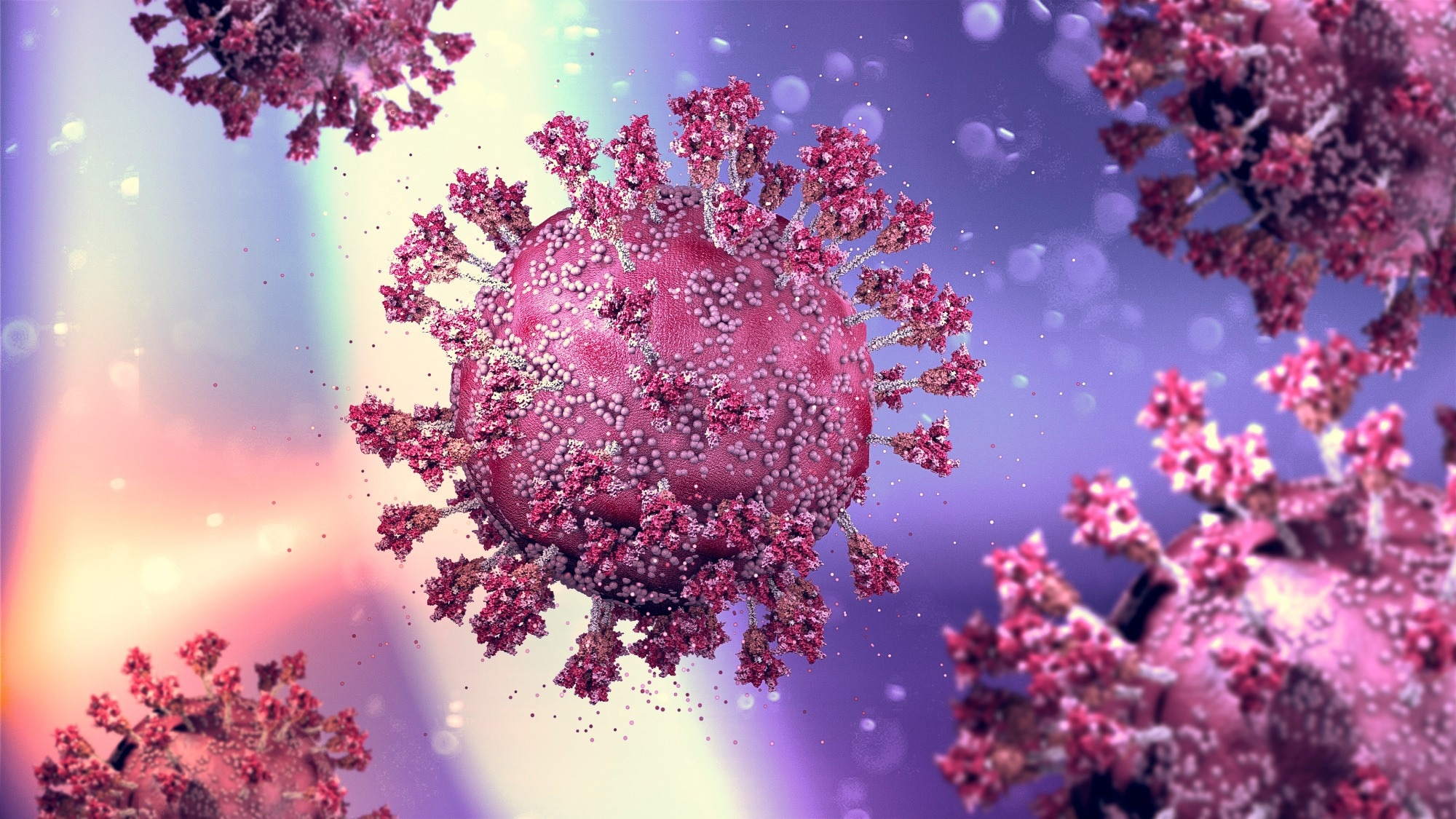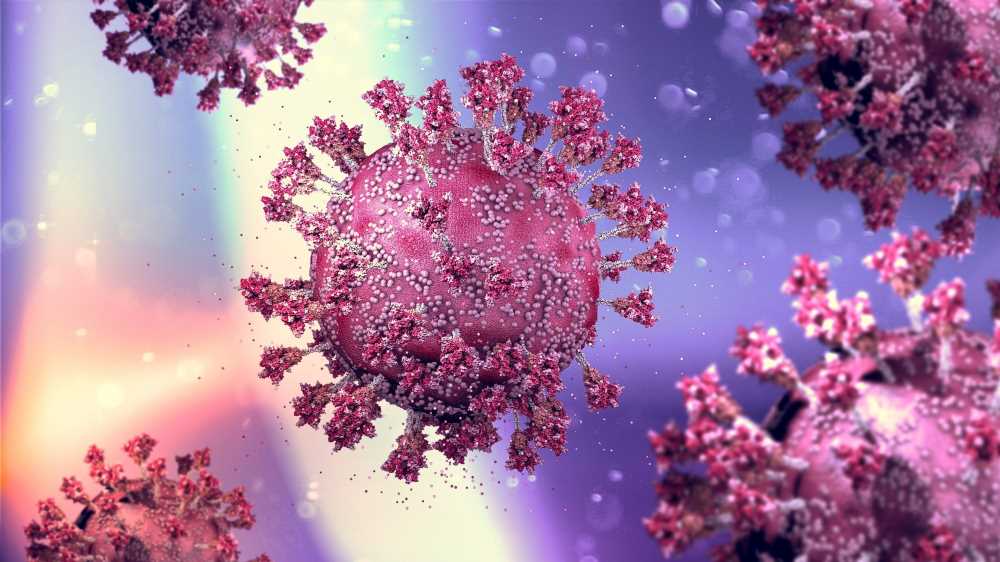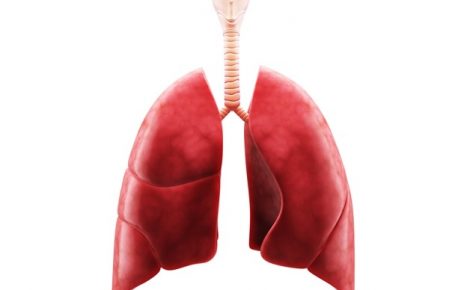In a recent study published in Nature Communications, researchers investigated the effect of anti-spike antibody levels on the risk of infection with severe acute respiratory syndrome coronavirus 2 (SARS-CoV-2).

Background
SARS-CoV-2 spike-based vaccines have effectively reduced the mortality rate associated with the coronavirus disease 2019 (COVID-19) pandemic. Most adults in England and Wales have been vaccinated with Pfizer’s BNT162b2 or AstraZeneca’s ChAdOx1 vaccine. Previously, the authors reported rapid waning of anti-spike antibodies after receiving a second dose of ChAdOx1 or BNT162b2 vaccine in adults seronegative for SARS-CoV-2 nucleocapsid.
The United Kingdom Health Security Agency (UKHSA) revealed that the effectiveness against SARS-CoV-2 infection for the ChAdOx1 vaccine 20 weeks post-second dose was 47.3%, compared to 69.7% for BNT162b2. Similarly, vaccine effectiveness against COVID-19-associated hospitalization and deaths was lower for ChAdOx1 than BNT162b2, suggesting a faster decline in protection for the ChAdOx1 vaccine than BNT162b2 against infection and severe disease.
About the study
In the present study, researchers estimated anti-spike antibody levels and effectiveness of ChAdOx1 and BNT162b2 vaccines in the Virus Watch cohort. Virus Watch commenced in June 2020 to assess acute respiratory infections in England and Wales. Participants were recruited via social media adverts or SMS messages sent from general practitioners. Subjects were followed-up weekly by an email with a link to an online survey capturing information on COVID-19-associated symptoms.
A sub-cohort of Virus Watch participated in the antibody testing analysis and completed at-home capillary blood sampling every month. Anti-spike and -nucleocapsid antibody titers were measured using Elecsys anti-spike and -nucleocapsid electro-chemiluminescent immunoassays. Antibody results were excluded from the current investigation after subjects had been boosted with a third vaccine dose.
A breakthrough infection was defined as a positive SARS-CoV-2 test in double-vaccinated individuals occurring at least 14 days after the second vaccination. First, antibody waning was estimated by comparing anti-spike antibody levels in ChAdOx1 and BNT162b2 recipients by sex, age, clinical vulnerability, and time since vaccination. Geometric means of anti-spike samples were computed along with 95% confidence intervals.
A linear mixed effect model with a random intercept was fitted to anti-spike antibody data, and the decay trajectory was predicted. Next, a survival analysis was conducted using Kaplan-Meier descriptive analysis to examine the effect of anti-spike levels on SARS-CoV-2 infection risk. Furthermore, in a test-negative case-control study, the authors investigated whether vaccine type influenced the odds of developing a breakthrough infection after the second vaccination.
Findings
There were nearly 25,000 samples from more than 9400 individuals in the analysis of anti-spike antibody decay; most people (5960) received a second dose of ChAdOx1, and 3490 received BNT162b2, and 2% of the cohort received different first and second doses. The geometric mean of anti-spike antibodies reached peak levels at 10555 units (U)/ml three weeks after the second BNT162b2 dose and 1069 U/ml for ChAdOx1 after four weeks.
Twenty weeks later, the geometric mean anti-spike levels were 387 U/ml for ChAdOx1 and 1611 U/ml for BNT162b2. The authors found that the rate of antibody waning was higher for BNT162b2 than ChAdOx1. The team included 9244 subjects in the analysis of the effect of anti-spike antibody levels on SARS-CoV-2 infection risk. Vaccine breakthrough infection occurred in 394 subjects between July 14, 2021, and November 30, 2021, with a majority experiencing COVID-19-associated symptoms.
Each one unit increase in log-transformed anti-spike levels was associated with a decreased hazard ratio of 0.85. There was no evidence of an association between anti-spike levels and the type of second vaccine dose. In the test-negative case-control analysis, 1832 vaccine breakthrough cases were identified, and each case was matched with four controls. Increased breakthrough infection risk was evident for ChAdOx1 recipients relative to BNT162b2 recipients.
Conclusions
The study found that anti-spike antibody levels peaked after three- or four weeks post-administration of the second dose, with the geometric mean being nine-fold higher for BNT162b2 than ChAdOx1. A substantial waning of anti-spike levels was evident after administering either vaccine. Notably, higher anti-spike levels were associated with a lower risk of vaccine breakthrough infection.
Moreover, there was no association between second dose vaccine type and anti-spike levels. Overall, the antibody waning analysis findings suggested that ChAdOx1 recipients were at an elevated risk of breakthrough infection. This was further confirmed by the test-negative case-control analysis, which revealed that recipients of two ChAdOx1 doses had 1.64 increased odds of breakthrough infection relative to double-vaccinated BNT162b2 recipients.
- Aldridge, R.W., Yavlinsky, A., Nguyen, V. et al. (2022). SARS-CoV-2 antibodies and breakthrough infections in the Virus Watch cohort. Nature Communications. doi: https://doi.org/10.1038/s41467-022-32265-5 https://www.nature.com/articles/s41467-022-32265-5
Posted in: Medical Science News | Medical Research News | Disease/Infection News
Tags: Antibodies, Antibody, Blood, Coronavirus, Coronavirus Disease COVID-19, covid-19, Immunoassays, Mortality, Pandemic, Respiratory, SARS, SARS-CoV-2, Severe Acute Respiratory, Severe Acute Respiratory Syndrome, Syndrome, Vaccine, Virus

Written by
Tarun Sai Lomte
Tarun is a writer based in Hyderabad, India. He has a Master’s degree in Biotechnology from the University of Hyderabad and is enthusiastic about scientific research. He enjoys reading research papers and literature reviews and is passionate about writing.
Source: Read Full Article



